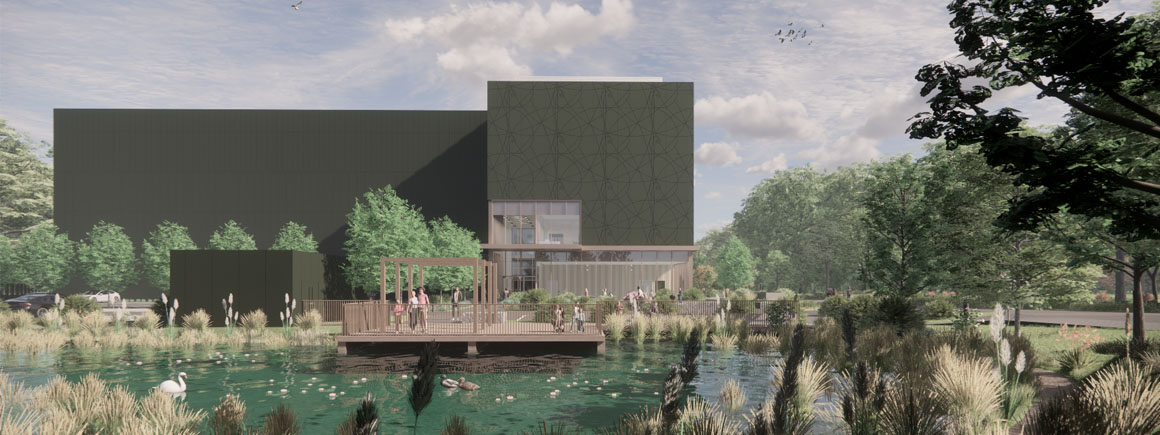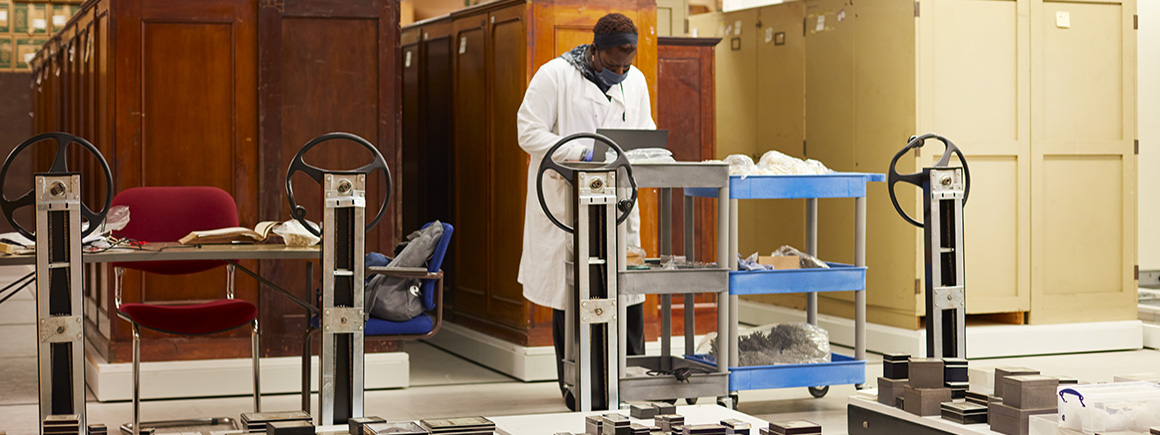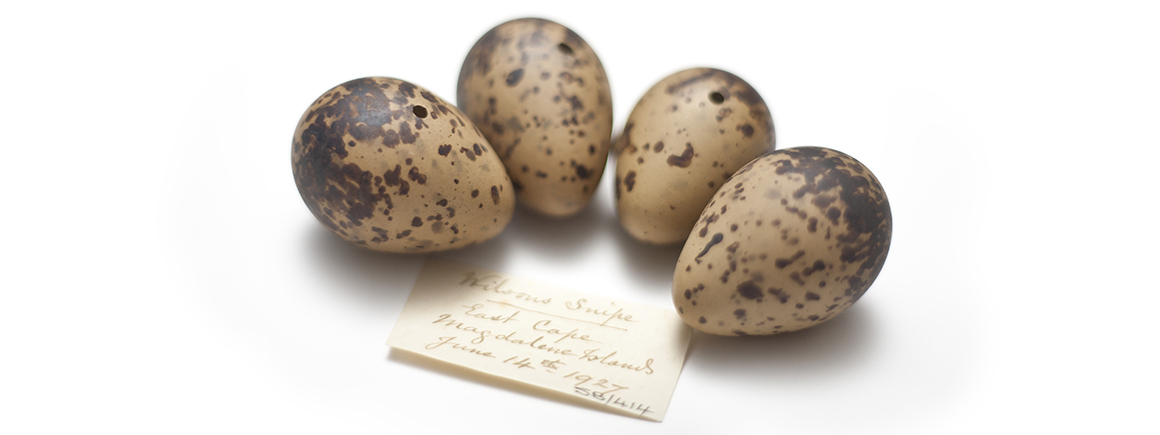Specimens
2,500

Pipra manakins
The Museum's skin collection includes thousands of specimens from Alfred Russel Wallace's famous Malay Archipelago expeditions, as well as specimens from his sometimes forgotten Amazon expedition.
2,500
100
At the time of his death in 1913, Alfred Russel Wallace was extremely well-known, both for his contributions to science and also as a social activist. However, his fame faded relatively quickly and his remarkable legacy was frequently overshadowed by Darwin’s achievements.
Always appreciated by the natural history community, Wallace has risen back into wider public awareness over the past decade and his exceptional achievements are once again being recognised, particularly his role as the co-founder with Charles Darwin of the theory of evolution by natural selection.
Wallace is also known for his years of travel and collecting, both in the Amazon basin between 1848 and 1852 and across the Malay Archipelago (now Malaysia and Indonesia) from 1854 to 1862. During his expeditions, he collected over 100,000 specimens, mainly birds, beetles and butterflies, which resulted in a huge contribution to scientific knowledge and also the collections of the Natural History Museum.
Relatiely few birds survive from Wallace’s exploration of the Amazon basin; apart from a small number of specimens dispatched back to Britain and purchased by the Museum in 1851, the majority of Wallace’s assembled collection was sadly lost when he was shipwrecked on his return voyage in 1852.
By contrast, thousands of specimens survive from the Malay Archipelago expeditions. Wallace was collecting commercially, shipping specimens back regularly to his agent Samuel Stevens who sold them on his behalf.
The Museum made regular purchases of bird specimens between 1857-1865, amounting to about 900 specimens. However, Wallace’s material was also being sold into other collections, including important private collections such as John Gould’s and Frederick Godman’s. Eventually, much of this material also reached the Natural History Museum when these collections were also acquired by the Museum.
A particularly large proportion of Wallace’s bird specimens from Sarawak are now in the Museum; these specimens and their labels are now the subject of a detailed study relating them to Wallace’s original field notebooks for the trip, also held by the Museum.
Perhaps the most interesting part of Wallace’s bird contributions is his personal collection of about 2,500 specimens which he sold to the Museum in 1873. Over 100 type specimens were recorded amongst this single collection, reflecting the enormous contribution Wallace made to ornithological discovery. Also, the specimens in this collection are often amongst the best examples of a species collected by Wallace, carefully selected by him and set aside by his agent to await the traveller’s return.
However, the full extent of the bird collection assembled by Wallace is not yet known due to the unknown numbers that arrived as part of other acquisitions. As we continue to database the entire skin collection, the full scale of Wallace’s already remarkable efforts will be gradually revealed.
The Bird collection is being digitised
If you would like to use any specimens for research, please get in touch

Access to some collections will be affected as we prepare for the move to our new collections, science and digitisation centre.

Scientists and collections management specialists can visit the collections and borrow specimens for research.

Our duty is to provide a safe and secure environment for all of our collections.